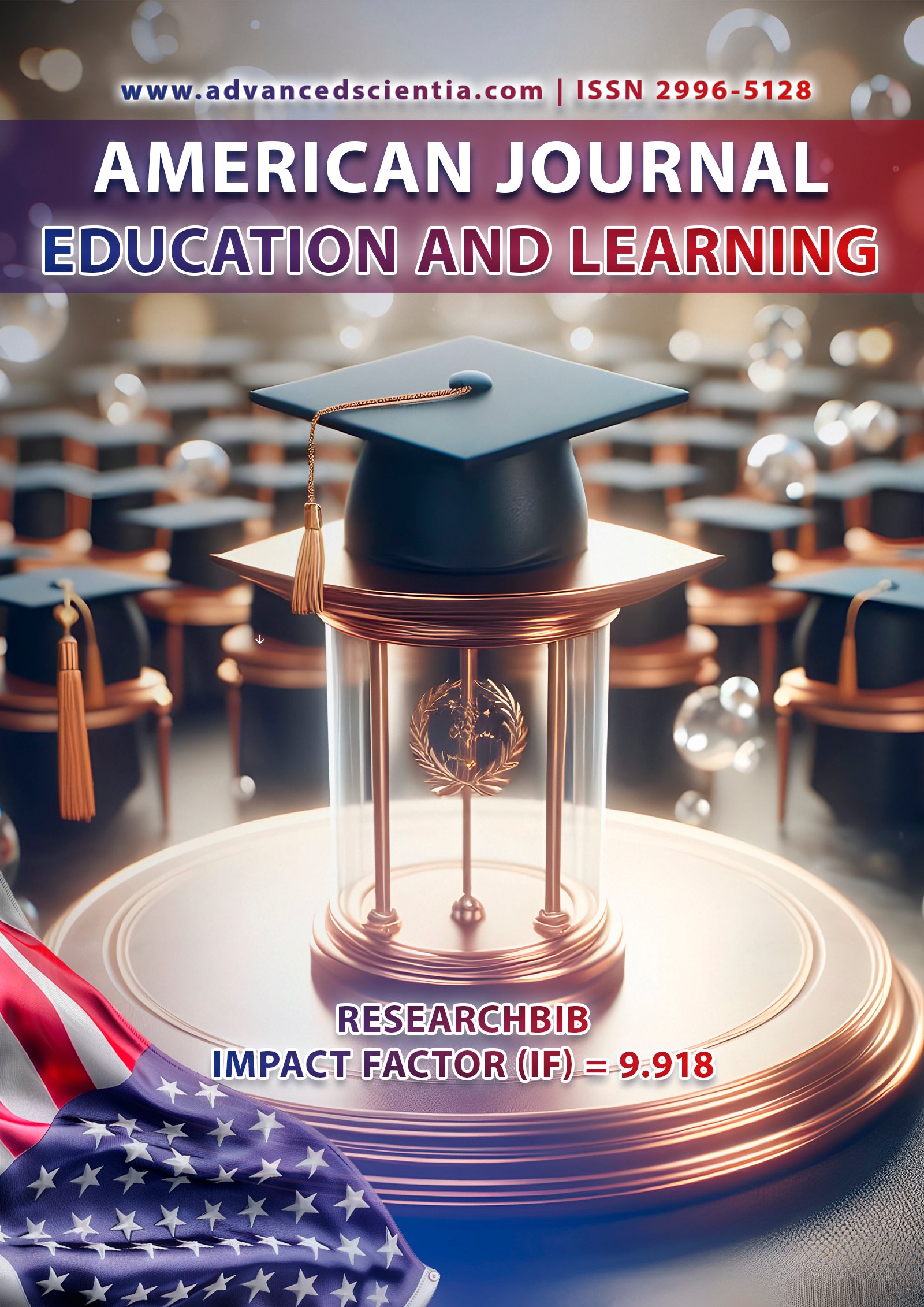THE IMPORTANCE OF CREATING A COHERENT CONTENT AND PROVIDING GUIDANCE FOR LEARNING A FOREIGN LANGUAGE
Abstract
This article explores the crucial role that coherent content development plays in the successful acquisition of foreign languages, emphasizing how learners' understanding and retention can be greatly improved by materials that are rationally arranged. In the context of language learning, topic coherence not only facilitates comprehension of intricate vocabulary and grammatical structures but also creates a more stimulating and engaging learning environment. It talks about how logical topic sequencing, well-structured lesson plans, and specific goals all help to make learning go more smoothly. This article seeks to enhance language acquisition results by examining the relationship between learner guiding and content coherence. It promotes a comprehensive method of teaching languages that takes into account the various demands and learning preferences of students in addition to giving priority to the way the material is organized. The ultimate objective is to facilitate a more successful and pleasurable language learning process while giving students the tools they need to communicate effectively in their target language.
References
1. Brown, H.D. (2007). Principles of Language Learning and Teaching. Pearson Longman.
2. Chomsky, N. (1957). Syntactic Structures. Mouton.
3. Cummins, J. (1981). "The Role of Primary Language Development in Promoting Educational Success for Language Minority Students." In Schooling and Language Minority Students: A Theoretical Framework, 3-49. California State Department of Education.
4. Halliday, M.A.K. (1994). An Introduction to Functional Grammar. Edward Arnold.
5. Lightbown, P.M., Spada, N. (2013). How Languages Are Learned. Oxford University Press.
6. Vygotsky, L.S. (1978). Mind in Society: The Development of Higher Psychological Processes. Harvard University Press.
7. Kayi, H. (2006). Teaching speaking: Activities to promote speaking in a second language. The Internet TESL Journal, 12(11).
8. Krashen, S.D. (1982). Principles and Practice in Second Language Acquisition. Pergamon Press.
9. Liu, M. (2019). Building a supportive classroom environment for language learners: Strategies and practices. Language Teaching Research, 23(3), 315-334.
10. Nunan, D., Bailey, K.M. (2009). Exploring Second Language Classroom Research: A Comprehensive Guide. Heinle Cengage Learning.
11. Nunan, D. (2004). Task-Based Language Teaching. Cambridge University Press.
12. Nurjamol Normatovna Nomatova, . (2021). Developing oral speech competence of English as a foreign language of higher education students of non-philological departments. Current research journal of pedagogics, 2(11), 104–114. https://doi.org/10.37547/pedagogics-crjp-02-11-20






















